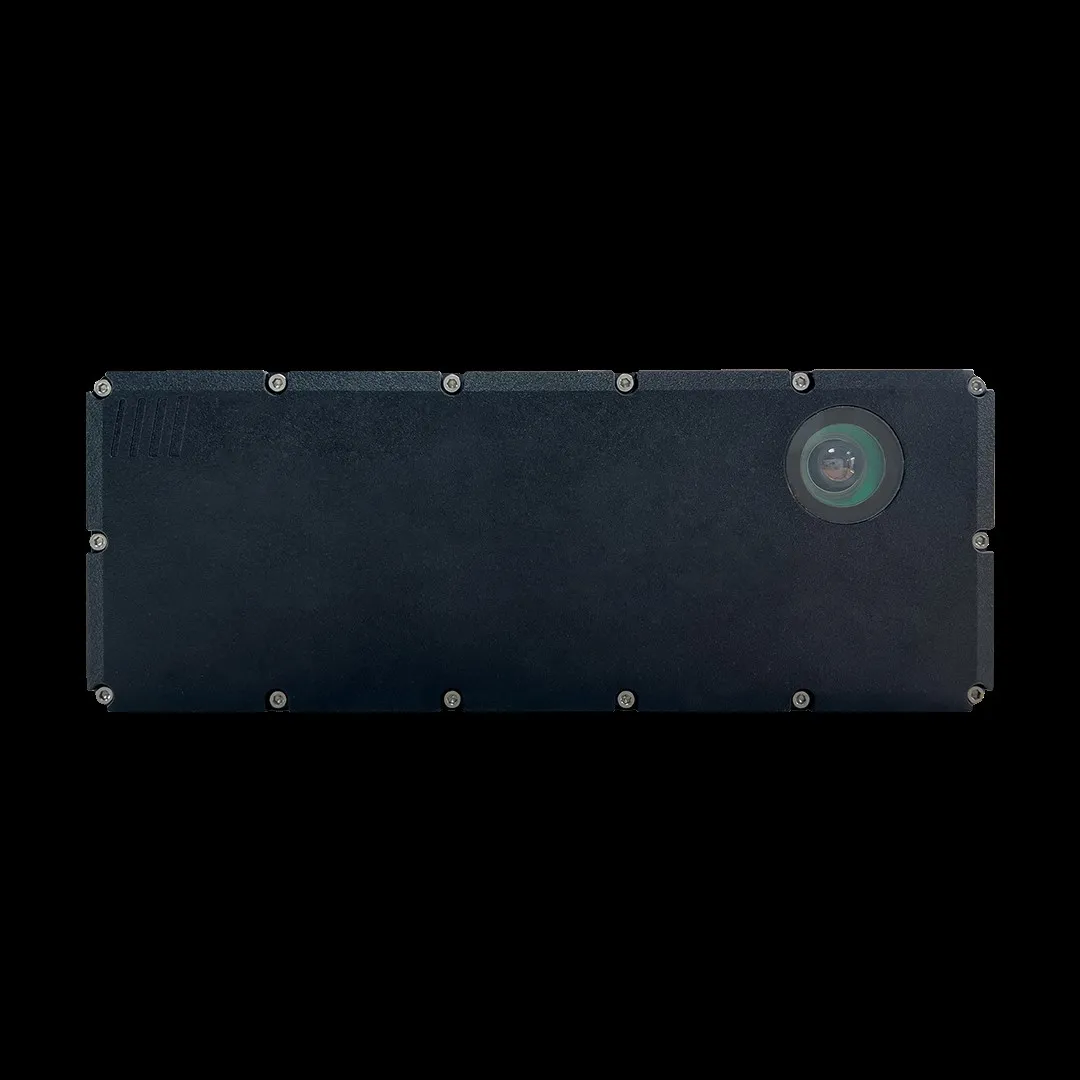The new FC-Series thermal cameras from Flir provide optimal detection of vehicles, cyclists, and pedestrians in a wide variety of conditions by detecting their heat signatures night and day. The company claims the thermal cameras outperform other detection technologies by detecting the heat signatures given off by everything in their field of view. Because they see heat, not light, they don’t get confused by the sun’s glare, darkness, headlights, shadows, wet streets, snow, and fog like video cameras do. Fl
June 7, 2012
Read time: 1 min
The new FC-Series thermal cameras from 6778 FLIR provide optimal detection of vehicles, cyclists, and pedestrians in a wide variety of conditions by detecting their heat signatures night and day.
The company claims the thermal cameras outperform other detection technologies by detecting the heat signatures given off by everything in their field of view. Because they see heat, not light, they don’t get confused by the sun’s glare, darkness, headlights, shadows, wet streets, snow, and fog like video cameras do. Flir claims that detection systems using thermal cameras have dramatically fewer false and missed calls, enable better signal timing, and more efficient traffic flow with increased safety.
A drop-in replacement for legacy video cameras, FC-Series thermal cameras run off 110 VAC power, output industry-standard video signals, and work with all third-party video detection systems.
The company claims the thermal cameras outperform other detection technologies by detecting the heat signatures given off by everything in their field of view. Because they see heat, not light, they don’t get confused by the sun’s glare, darkness, headlights, shadows, wet streets, snow, and fog like video cameras do. Flir claims that detection systems using thermal cameras have dramatically fewer false and missed calls, enable better signal timing, and more efficient traffic flow with increased safety.
A drop-in replacement for legacy video cameras, FC-Series thermal cameras run off 110 VAC power, output industry-standard video signals, and work with all third-party video detection systems.









